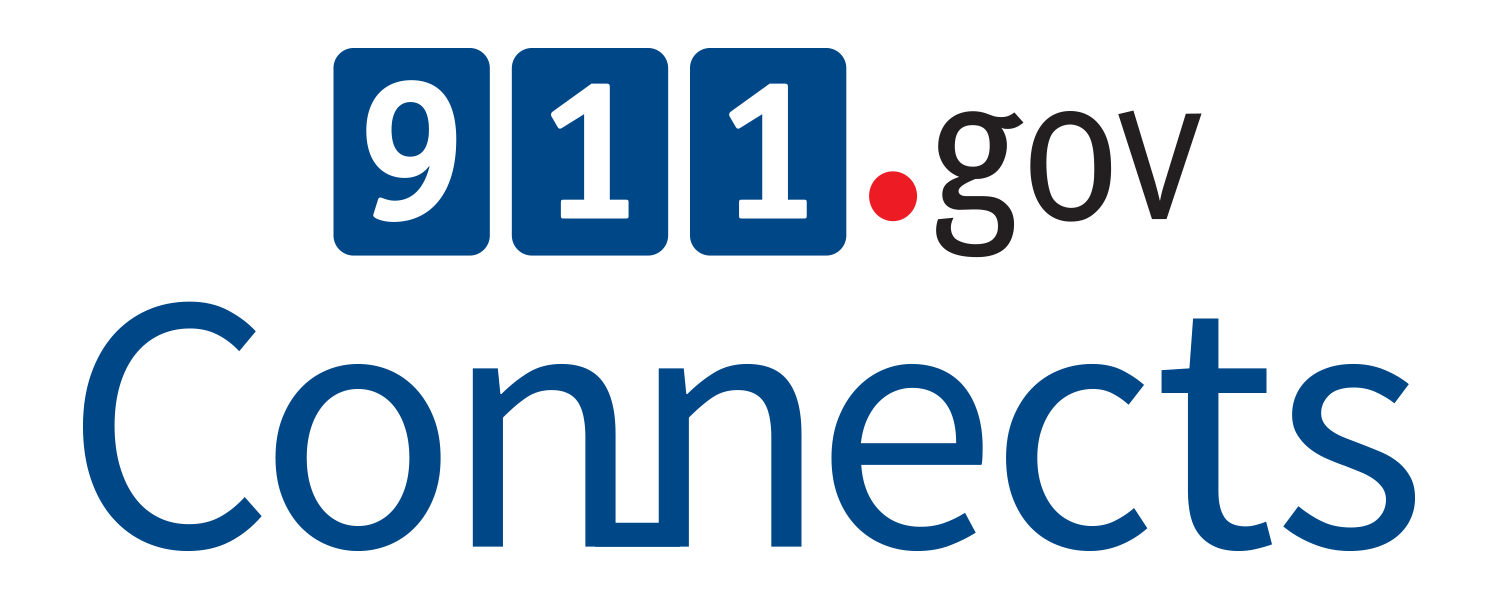New Resources to Help States Advance 911 Systems

New capabilities and information available through NG911 will aid public safety in serving communities nationwide. Significant collaboration and education must take place throughout the planning and transition process. The National 911 Program has developed a pair of resources to help leaders in fire and EMS better understand how NG911 will help providers better serve communities across the country.
Revision of Model State 911 Plan and Guidelines for State NG911 Legislative Language
More than five years ago, the National 911 Program collaborated with states and the 911 community to release the Guidelines for State NG911 Legislative Language and Model State 911 Plan. While both have been successfully implemented by states across the nation, these resources must be updated to address technical, funding and governance changes since their initial release.
A group of 911 stakeholders worked together to draft updated versions of the two existing resources, which help the 911 community prepare for and implement NG911. The revisions account for advancements in the implementation of NG911. In the fall, the National 911 Program sought feedback from the public on each document to ensure they addressed challenges inherent in today’s technological landscape, accounting for shifts in how the public accesses 911 services. The final documents offer best practices and lessons learned, and are available here.
NG911 Roadmap: Connecting Systems Nationwide
As states migrate to Next Generation 911, many will look to interconnect their system with other states. To establish this nationwide 911 “system of systems,” 911 stakeholders were asked to identify a list of both technical and nontechnical tasks at the national level that could be used by the 911 community to ensure end-to-end interoperability of NG911 systems across the country. The NG911 Roadmap identifies key issues and challenges that currently exist in a nationwide Next Generation ecosystem and proposes activities that need to be undertaken at the national level to ensure a transition that leads to a nationally connected system.
Slated for release in mid-2019, the document can be used by the 911 community to support the completion of the tasks identified in the Roadmap.
CPR LifeLinks
Every year, more than 250,000 out-of-hospital cardiac arrests occur in the United States, but only 46% of people who experience these events receive bystander CPR before professional help arrives, even though it’s well known that early CPR can increase an individual’s chances of survival. In response to one of the opportunities identified by the National Academies in the Strategies to Improve Cardiac Arrest Survival: A Time to Act, a group of 911 and EMS stakeholders came together to lead CPR LifeLinks – a national initiative to help communities save more lives through the implementation of telecommunicator and high-performance CPR programs.
In the fall, a panel of 20 stakeholders created and shared for public comment a draft of the CPR LifeLinks Implementation Toolkit – a how-to guide for 911 and EMS agencies that want to implement CPR programs in their own communities. In early 2019, 911 and EMS professionals will be able to download the final resource to learn about telecommunicator and high-performance CPR programs and how to advocate for them in their own agency.
Strategic Planning for Collection and Use of Nationwide 911 Data
With several organizations regularly collecting 911 data at the state and sub-state level, challenges exist in comparing non-standardized data across states. In 2016, the FCC’s Task Force on Optimal PSAP Architecture (TFOPA) recommended the development of a nationally uniform 911 data system to improve data collection accuracy. Throughout 2018, a team of 911 experts formulated a strategy for implementing a nationally uniform 911 data system.
The team determined two plans are necessary for creating a standardized data collection system. Still under development, the strategic and implementation plan will improve the operation of local and state PSAPs and call centers and ease the process for collecting, analyzing and sharing information related to administrative, operation, financial and CAD data. In January of 2019, the public will have the opportunity to provide comments on the strategic and implementation plan. Be on the lookout for upcoming information so your voice can be heard.



